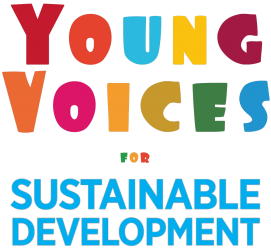
Also in Germany there are snakes. In the Nature excursion in the Colbitz-Letzlinger Heide the participating children learned from the expert Horst
Schulze from the Federal Forestry Administration, that in the heathland and at Waldrändern Kreuzottern and Schlingnattern are encountered.

While the Kreuzotter is a poisonous snake up to 90cm long and is considered very shy, the Schlingnatter is a constrictor snake from the grass or ring snake family which are also up to 90cm long. Snakes are reptiles and, as such, hypothermic Animals whose body temperature follows the outside temperature and so depends on the ambient temperature replaced.

While the Schlingnatter is harmless to us humans a bite form the Kreuzotter can be of danger to children and the elderly, but rarely cause death because Kreuzotter do not hold large venom reserves and do not like to use the poison for defense purposes, the doses are low and thereby for adult people rather harmless. Like all animals, snakes also need a lot special, tailored to their needs Habitat. Both snake species occur in the heathland and require sunbeds, with the Schlingnatter preferring rather stony places.

On a scale of critically endangered species the Schlingnatter is rated at level 3, the Kreuzotter at Level 2. By Dismantling of forest edges and heath areas as well as the elimination of dry leave areas the habitats of snakes located here are reduced drastically.
The snake is of great importance in cultural history too. The split tongue of the snake, by the way an olfactory organ, is considered a picture for dishonesty, when speaking with a forked tongue. Also, the snakiness (slimy, fickle, unprincipled or smooth) is a rather negatively charged trait, what maybe also cause us to fear snakes or find them disgusting. As an inspiration for our snake story the author might have considered also the staff of Asclepius (Aesculapius staff), which until today is representing the medical and pharmaceutical professions as the symbol.

Maybe this fairy tale will help you, to not see snakes as a threat only, but as an important element of our ecosystems of forest and heath. As endangered species they need our protection by preserving their habitats.

The children of the all-day school Johannes Gutenberg from Wolmirstedt, the YOUNG VOICES for SUSTAINABLE DEVELOPMENT, produced the fairy tale Schlange Hausfreund, to campaign for more education and environmental awareness and especially for more protection of snakes.
Schlange Hausfreund is part of the environmental fairytale campaign Nawa & Bubo powered by Explority. To learn more about this program click here

























